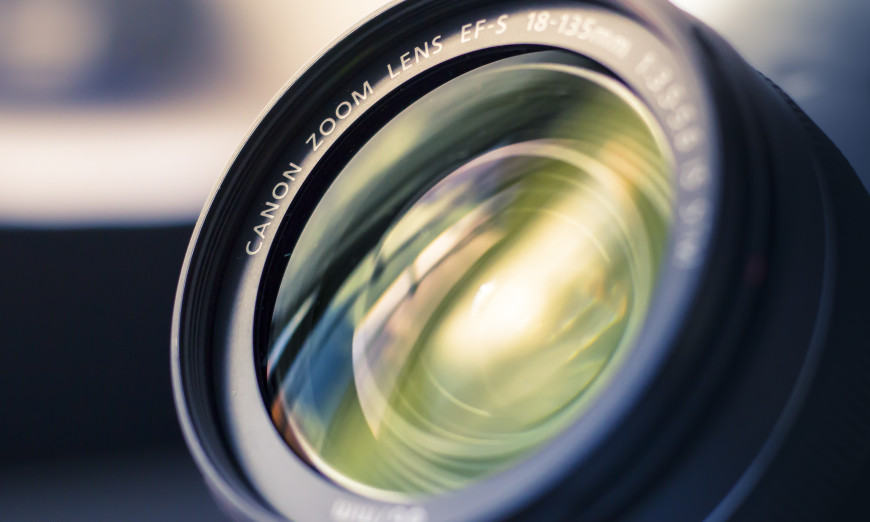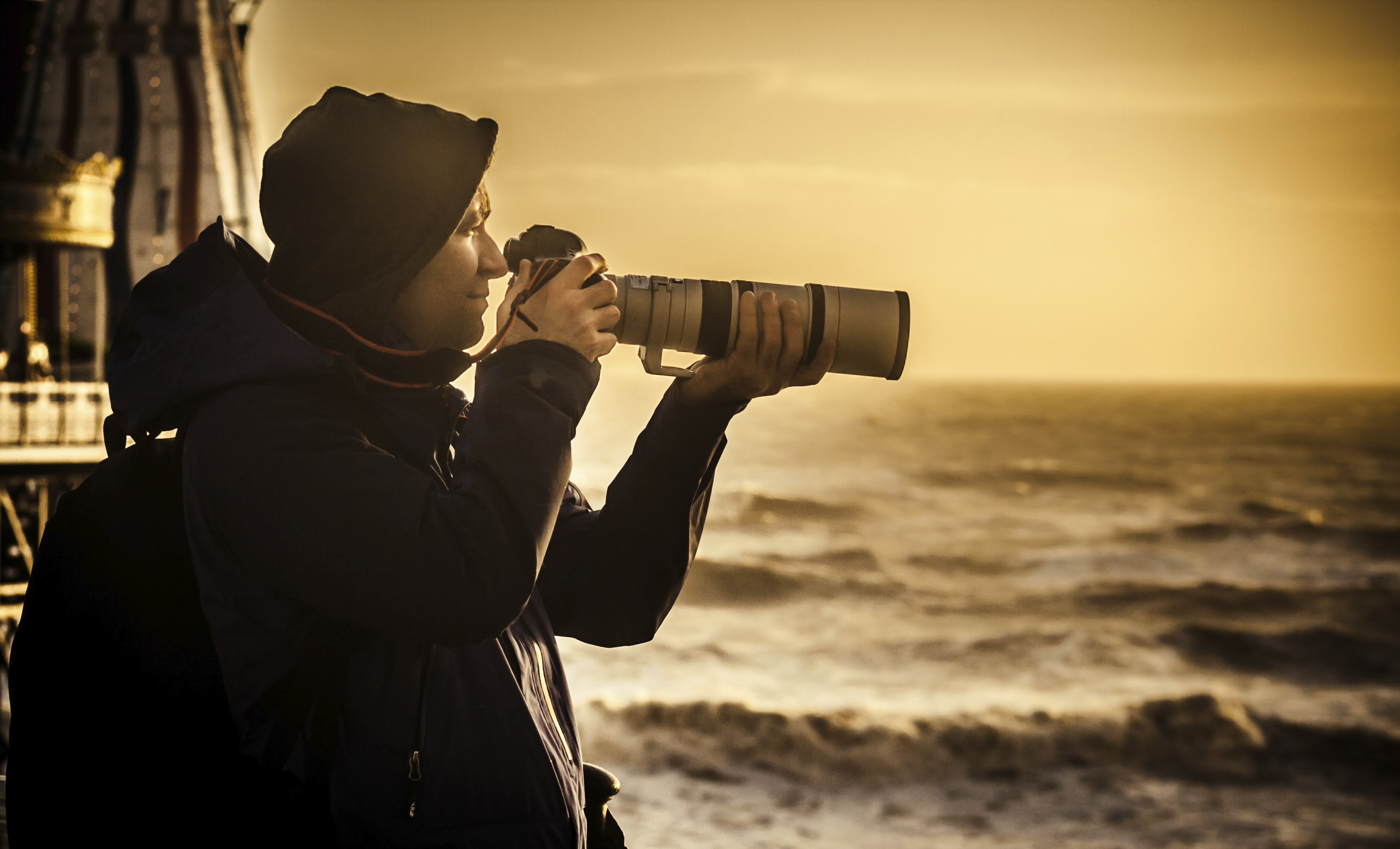IS Lens (Image Stabilizer)
Sometimes the perfect image opportunity presents itself when least expected, and it’s impossible to set up your tripod in time to prevent the weight of your telephoto lens from contributing to motion. An IS lens offers the perfect solution to those times you may experience some unwanted motion by automatically correcting any movement that might occur. This lens is a great addition to your camera when using a tripod is not an option. You can be assured of sharp images every time, whether you are shooting in low light or with a telephoto lens.
Landscape Lens (Wide-Angle)
A wide-angle lens opens up the beauty of a landscape. When people view the resulting image they aren’t wondering what is beyond the edges of a normal sized photograph. The wide-angle lens provides a greater depth of field and brings more light into the scene. With the addition of a greater amount of light, you can use a faster shutter speed. Up close and personal is the key to shooting dynamic and breath-taking images with your wide-angle lens. Choose the right addition to your camera from a large selection of landscape lenses that place the power in your hands to explore new perspectives and create stunning images.
Portrait Lens
You will hear different opinions about which lens is the best for portrait photography. Fortunately, there are enough lens options to satisfy all the individual preferences photographers have. When determining which lens to purchase, consider how much of your subject’s body you want to show. Are you interested in head and shoulder images or full body images? It’s important to remember that as you get closer to your subject, the nose grows larger and the ears grow smaller. Many people opt for two portrait lenses, in order to have their preferences for both inside images and images taken in the field.
One of the most valuable lenses in your camera bag is the telephoto lens, because it brings distant subjects closer. The telephoto lens removes the limitations of distance, and safety. Some images are too dangerous to approach using a normal lens. Fires, volcanoes, wildlife, and similar subjects present a serious risk to the photographer that gets too close. A good telephoto lens takes you to the center of the activity without exposing you to any of the risk. A strong and steady tripod is important when using a telephoto lens to eliminate the possibility of camera shake.
Each lens you purchase adds a new capability to your camera. If you have IS, landscape, portrait, and telephoto lenses, it is as if you have four different cameras. Your individual lenses provide your camera with the power to produce amazing images in a variety of circumstances and environments. If you feel your camera isn’t giving you the results you want, add a new lens or lenses and discover the full potential of your camera.



